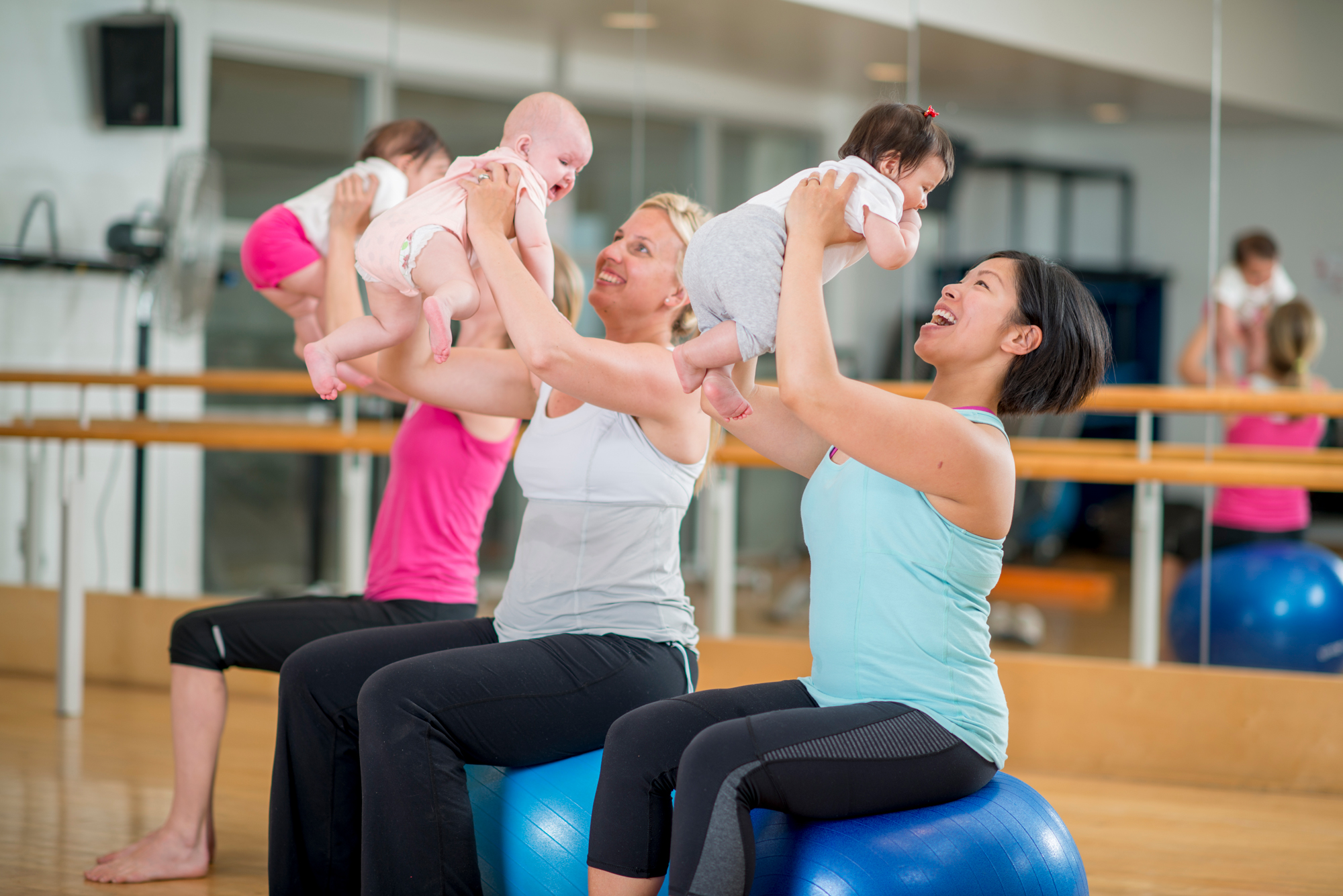Many people are keen to return to their pre-pregnancy exercise routines following the birth.
Pilates may be commenced following your following your six-week post-natal check from your doctor, and following a post-natal assessment with a continence and pelvic health physiotherapist.
In the early postnatal period, your body will be gradually recovering from the birth regardless of whether it was a vaginal or caesarean delivery.
Postnatal Pilates programs will be individualised and depend on focus areas identified for each woman.
Common considerations in the postnatal period are:
- Ability to activate the pelvic floor muscles, including any of the following symptoms:
- Leakage of, or difficulties controlling urine, wind or faeces. This is termed incontinence
- Internal pelvic pain, for example during sexual intercourse
- A feeling of dragging or pressure in the vaginal or perineal region, which is a common symptom of pelvic organ prolapse
- Presence of a rectus abdominis diastasis, which will impact prescription of abdominal exercises
- Lower back or pelvic girdle pain which will require specific exercises for the lumbo-pelvic region
- Postural habits, as generally so much time is spent caring for a new baby in a flexed forward position possibly contributing to pain in the neck, upper back and shoulders, as well as the lumbo-pelvic region. Exercises to assist with improving posture may also be incorporated into a Pilates program.

